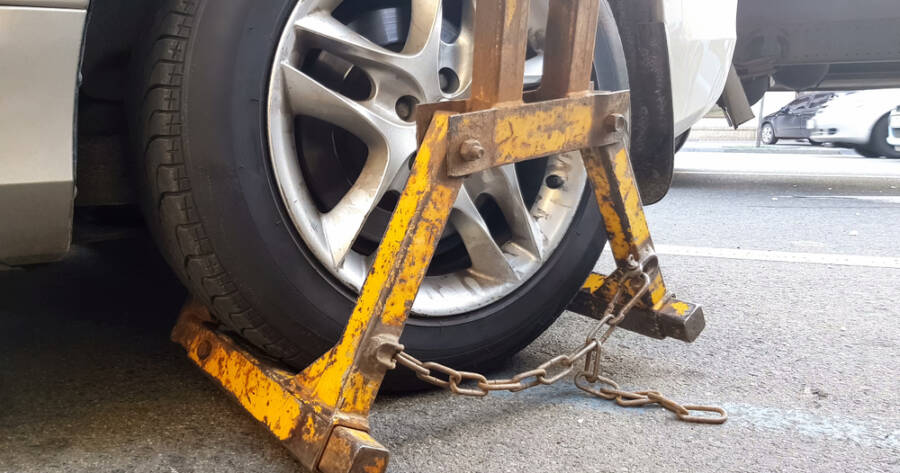Recovering an impounded car can be stressful, but understanding the steps can make the process smoother. From identifying where your car is held to handling fees and paperwork, knowing what to expect can help you get back on the road quickly.
What Are Impounded Cars and Why Do They Get Seized?
Impounded cars refer to vehicles that have been taken and stored by law enforcement or authorized agencies due to various legal infractions. Common reasons for seizure include illegal parking, driving without a valid license, or involvement in criminal activities. The impoundment process serves as a means to enforce traffic laws and ensure public safety.
In recent years, the rise in urban congestion and stricter enforcement of parking regulations has led to an increase in the number of vehicles being impounded. Local governments often implement these measures to manage limited parking spaces and reduce illegal activities on the roads.
Understanding the Consequences and Costs of Impounded Vehicles
The consequences of having a vehicle impounded can be significant. Owners may face not only the inconvenience of being without their vehicle but also financial burdens associated with towing and storage fees. These costs can accumulate quickly, leading to a substantial financial impact on the owner.
Additionally, an impounded vehicle can lead to legal complications, such as fines or court appearances, depending on the reason for the seizure. The longer a vehicle remains impounded, the higher the fees, which can create a cycle of financial strain for the owner.
How to Retrieve Your Impounded Car Efficiently
Retrieving an impounded vehicle requires prompt action and understanding of the local regulations. Owners should first contact the impound lot or local law enforcement to determine the specific reasons for the impoundment and the necessary steps for retrieval.
Gathering required documentation, such as proof of ownership and identification, is essential for a smooth recovery process. Being prepared can help expedite the retrieval and minimize additional fees associated with prolonged impoundment.
Key Factors Affecting Impound Fees and Recovery Processes
Several factors influence the fees associated with impounded vehicles. These include the location of the impound lot, the duration of the impoundment, and the type of vehicle. Urban areas often have higher fees due to increased demand for towing services and storage space.
The recovery process can also vary based on local laws and regulations. Some jurisdictions may have specific requirements for vehicle retrieval, such as mandatory inspections or additional paperwork, which can further complicate the process.
Learning More About Impounded Vehicles
Learning more about impounded vehicles can save you time, stress, and money when faced with retrieving your car. By understanding the reasons for impoundment, the necessary documents, and the fees involved, you’ll be better prepared to navigate the process efficiently. Knowing where to find your vehicle, how to contact the impound lot, and what to bring can streamline your experience.
Additionally, being aware of the rules and deadlines for retrieval can help you avoid extra costs or complications. Whether it’s dealing with a parking violation or a more serious infraction, staying informed about the specific regulations in your area is crucial. Impounded cars can be an unexpected hurdle, but by being proactive and well-prepared, you can ensure the process goes as smoothly as possible. Always check with your local authorities to ensure you understand the procedures specific to your situation.
